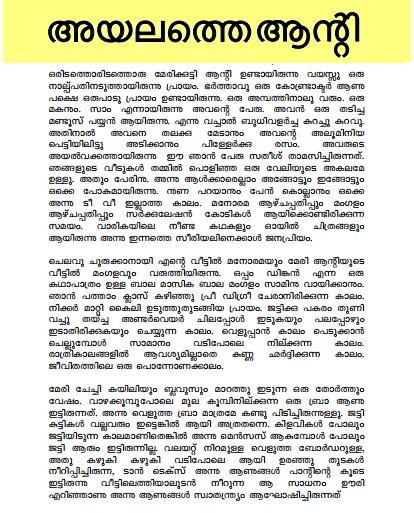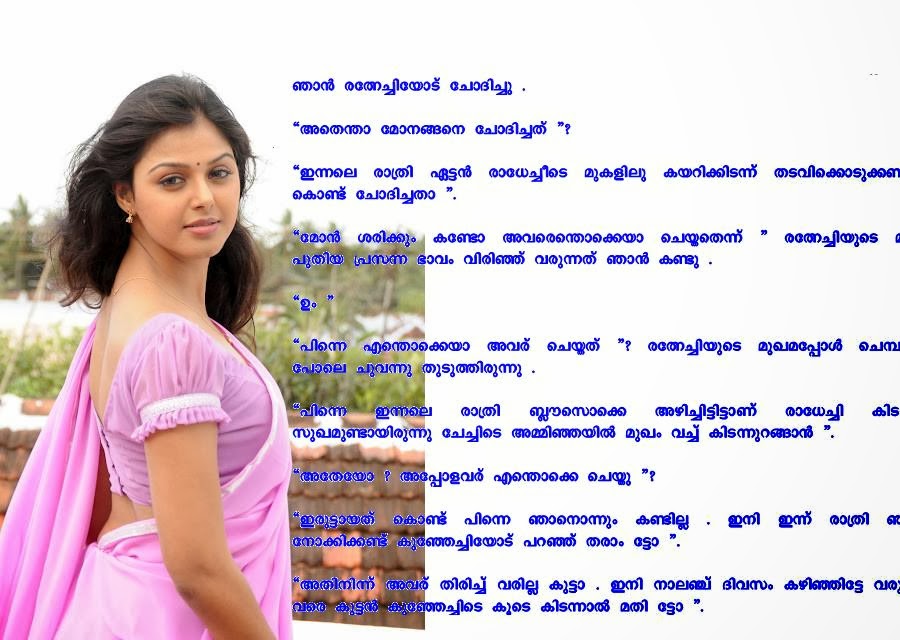

7 Buddhism, Jainism, and Bhakti movement.4 Philosophy: Nirguna and Saguna Brahman.Scriptures of the Bhakti movement include the Bhagavad Gita, Bhagavata Purana and Padma Purana. Bhakti refers to passionate devotion (to a deity). They suggest the Bhakti movement was a revival, reworking, and recontextualization of ancient Vedic traditions. Contemporary scholars question whether the Bhakti movement ever was a reform or rebellion of any kind.

The movement has traditionally been considered an influential social reformation in Hinduism in that it provided an individual-focused alternative path to spirituality regardless of one's birth or gender. The movement was inspired by many poet-saints, who championed a wide range of philosophical positions ranging from theistic dualism of Dvaita to absolute monism of Advaita Vedanta. Bhakti movement preached using the local languages so that the message reached the masses. The Bhakti movement regionally developed around different gods and goddesses, and some sub-sects were Vaishnavism (Vishnu), Shaivism (Shiva), Shaktism (Shakti goddesses), and Smartism. It swept over east and north India from the 15th century onwards, reaching its zenith between the 15th and 17th century CE. Originating in Tamilakam during 6th century CE, it gained prominence through the poems and teachings of the Vaishnava Alvars and Shaiva Nayanars before spreading northwards. The Bhakti movement was a significant religious movement in medieval Hinduism that sought to bring religious reforms to all strata of society by adopting the method of devotion to achieve salvation. He is one of the most prominent of the sixty-three Nayanars of the Saiva Bhakti movement.

From Freer Gallery of Art, Washington DC. The Child Saint Sambandar, Chola dynasty, Tamil Nadu.


 0 kommentar(er)
0 kommentar(er)
